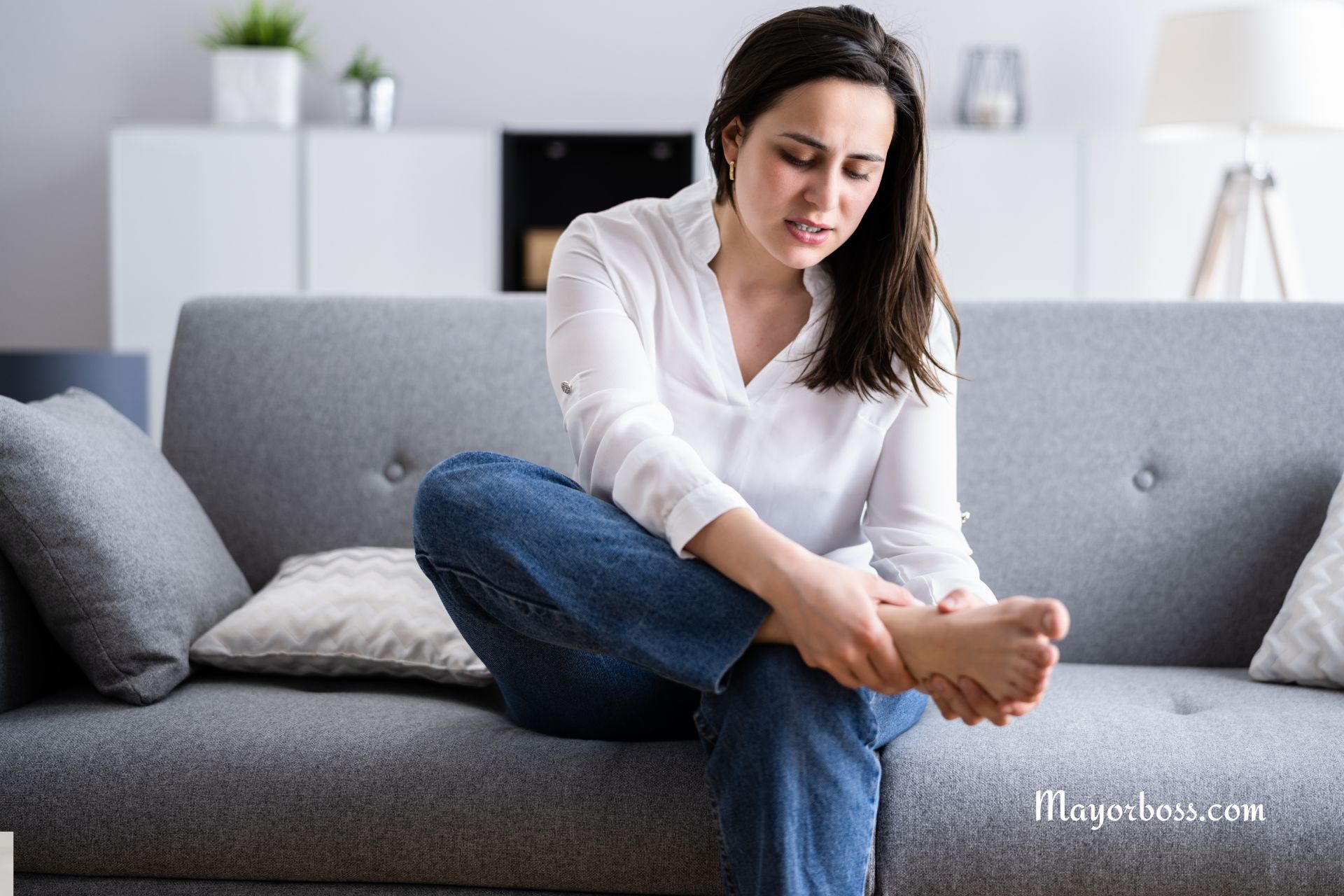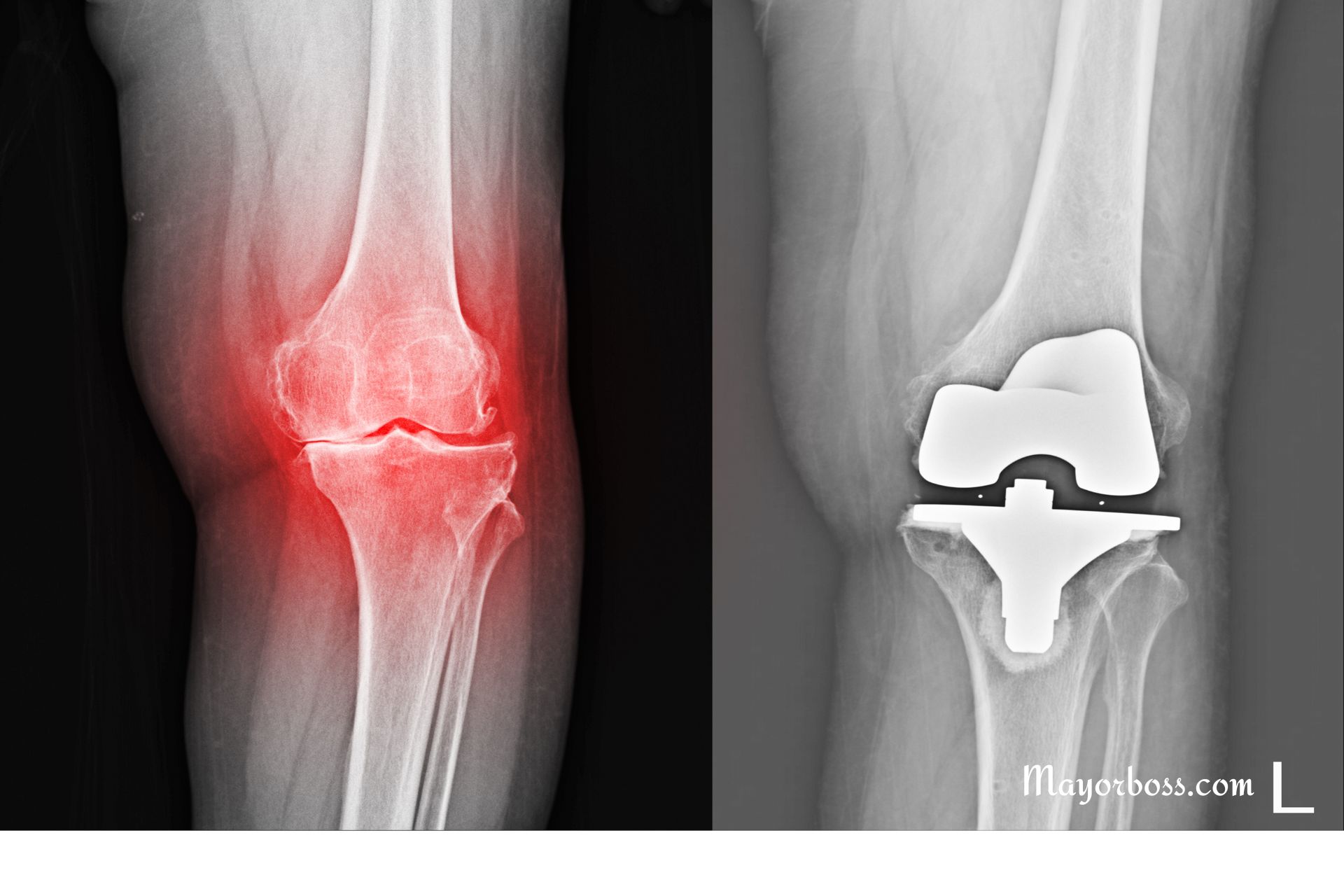Blood Clots: 4 Signs You Could Have One
A blood clot forms when certain parts of your blood thicken, sticking together like glue. This sticky bundle is your body’s way of sealing cuts to stop bleeding. For instance, if you scrape your knee or cut your finger, a clot forms to keep you from losing too much blood. That’s a good thing!
However, problems start when blood clots show up where they shouldn’t. Instead of helping you heal, these unexpected clots can block blood flow. Depending on where they settle, they might cause pain, swelling, or even life-threatening conditions like a heart attack or stroke.
There are two common types of harmful blood clots:
- Venous clots: Form in veins. These are blood vessels that carry blood from different parts of your body back to your heart. A famous example is deep vein thrombosis (DVT), which often forms in the deep veins of your legs.
- Arterial clots: Form in arteries. These are blood vessels that carry blood away from your heart and deliver oxygen-rich blood to your tissues. An arterial clot can cause serious conditions such as a heart attack or stroke.
When a clot breaks off from its place of origin and travels to other parts of the body, it’s called an embolus. For example, a clot that starts in your leg can break off and lodge in the arteries of your lungs. This is known as a pulmonary embolism (PE), a serious condition that may impair normal breathing.

So, how do you know if you have a blood clot? Here are signs that your body may show up when you have a blood clot
1. Unusual Swelling in a Limb
Many of us might experience slight swelling in our feet or ankles after a long day on our feet. But swelling from a blood clot in a vein—particularly in a leg—can be more pronounced. You may notice the following:
- One-sided swelling: Maybe your left calf or right arm is puffed up, but the other side looks normal. This may occur if a clot in a vein blocks the blood from flowing back to the heart.
- Redness or warmth: The swollen area might feel warmer to the touch than the surrounding skin. You may also see a reddish or bluish tint.
If one limb swells more than the other and you experience pain or a warm feeling in that area, please take it seriously. Contact your healthcare provider and describe what you’re experiencing. Your doctor may want to do an ultrasound test of the swollen limb, which helps detect blood clots in the deeper veins. The earlier you catch a clot, the better your chances of successful treatment.
2. Unexplained Pain or Tenderness
Pain is our body’s way of saying, “Pay attention. Something might not be right.” If you feel discomfort in a muscle or joint without obvious cause—like an injury from a fall—you might be facing a blood clot. The pain from a clot can vary:
- A cramp-like pain: Some people say it feels like a charley horse that won’t go away, often in the calf area.
- Sharp or throbbing sensation: Others describe it as a steady ache or sharp twinge that flares up during activity and eases a bit when resting.
- Tenderness on touch: Even a light press on the skin may hurt, signaling a possible clot beneath the surface.
Why does the pain occur? When a vein is blocked, blood flow slows down. Tissues in that area might not get all the oxygen and nutrients they need. The surrounding muscles and skin can become irritated and inflamed. That inflammation is your body’s distress call, turning into pain and tenderness.
If the clot is in an artery, the pain might be more sudden and intense. Arteries feed oxygen-rich blood to your organs and tissues. When this supply is blocked, cells begin to suffer from a lack of oxygen. This can cause severe pain in a short time.
When to seek medical care? Pain or tenderness linked to a blood clot doesn’t always look dramatic. It could be mild at first, then get worse. Perhaps you notice the pain mostly when you’re walking or climbing stairs. Because this pain can mimic common muscle aches, it may be overlooked.
If the pain becomes stronger, lingers, or doesn’t match up with a routine muscle strain, consider calling your doctor.
3. Shortness of Breath or Rapid Breathing
We all get out of breath if we climb too many flights of stairs or run faster than usual. But shortness of breath that appears out of nowhere, especially if it comes on sharply, could point to something more serious. One of the most alarming conditions is a pulmonary embolism (PE), which is when a blood clot travels to the lungs.
When this happens, the blocked artery in the lung can’t deliver enough oxygen to your bloodstream. As a result, you might feel like you just climbed a mountain, even if you were simply sitting on the couch moments earlier. You might also notice that your breathing rate speeds up. This faster breathing is your body’s way of trying to get more oxygen.
Other Clues of a Pulmonary Embolism
Shortness of breath might come paired with other signs if you have a pulmonary embolism:
- Coughing up blood: Some folks might see streaks of blood when they cough.
- Lightheadedness or fainting: A sudden drop in blood oxygen can cause dizziness.
A pulmonary embolism can develop quickly and is considered a medical emergency. The degree of shortness of breath can vary, but it’s the sudden onset that often stands out. If you have trouble catching your breath and can’t link it to something like exercise or anxiety, it’s vital to get help right away.
Doctors might give you oxygen and run tests such as a CT scan to see if there’s a blockage in your lung arteries. You may also receive a blood test called a D-dimer test that can indicate if your body is fighting a clot. If a clot is discovered, blood-thinning medications can help dissolve or manage it so your body can heal.
4. Chest Pain or Discomfort
Chest pain tends to get our immediate attention because we often associate it with heart problems. But a blood clot in the lungs can also lead to a sharp pain in the chest. Sometimes, this pain can feel worse when you take a deep breath. It may even mimic heart attack symptoms such as pressure or tightness in the chest.
However, not all chest pain is created equal. If you have chest pain related to a blood clot, it might show up as:
- Stabbing or piercing sensation: The pain might get worse when you breathe deeply or cough.
- A squeezing feeling: Less common with blood clots, but some people report sensations of heaviness in their chest, making them think of a heart attack.
- Pain that radiates: In certain cases, the discomfort can travel to your shoulder or neck.
Because chest pain can have various causes—from muscle strain to pneumonia—it is always best to take it seriously and let a doctor figure out what’s happening.
So when does chest pain mean a trip to the doctor? If you experience sudden, severe, or long-lasting chest pain, don’t hesitate to call emergency services or head to the hospital. Time matters. Medical professionals will likely perform tests like an electrocardiogram (ECG) to check your heart and imaging studies to check for blood clots or other lung issues.
Why Do Blood Clots Form?
Before we wrap up, you might wonder why people develop these dangerous clots in the first place. A handful of factors can increase your risk:
- Inactivity: Sitting or lying down for a long period—such as during a long plane ride or after surgery—slows blood flow, which can lead to clot formation.
- Genetics: Some people inherit conditions that make their blood more prone to clotting.
- Smoking: Cigarettes can damage the lining of blood vessels, making clots more likely to form.
- Obesity: Extra weight may put pressure on the veins in your pelvis and legs, slowing blood flow.
- Hormones: Birth control pills or hormone replacement therapy might increase the chances of a clot.
Even if you don’t fall into any of these groups, you can still get a blood clot. Sometimes, they form with no clear cause.
Tips to Reduce Your Risk
While not every clot is avoidable, you can take steps to lower your odds:
- Stay active: Move around every hour or so, especially on flights or long road trips. Simple exercises like stretching your legs and wiggling your toes help keep blood flowing.
- Drink water: Proper hydration helps your circulation. A well-hydrated body is less likely to have thick, sticky blood.
- Wear compression stockings: These special socks help squeeze your legs just enough to keep blood from pooling in your veins.
- Quit smoking: If you smoke, try to stop. If you don’t smoke, don’t start.
- Maintain a healthy weight: Staying at a healthy weight lowers pressure on your veins.
- Follow doctor’s orders: After surgery or during recovery, your doctor may suggest blood thinners or recommend you get up and walk around as soon as possible. Follow these directions for your safety.
How Are Blood Clots Treated?
The treatment for a blood clot depends on its size, location, and severity. Here are some common methods doctors use:
- Blood thinners (anticoagulants): These medications keep clots from getting bigger and help prevent new ones. Some are taken by mouth, while others are given through injections.
- Clot-busting drugs (thrombolytics): In emergencies, such as a big clot in your lungs, doctors might use powerful medicines that dissolve the clot quickly.
- Filters: If you can’t take blood thinners, a doctor may place a filter in your inferior vena cava (a large vein that carries blood from your lower body to your heart). This filter catches clots before they travel to your lungs.
- Surgery: In rare situations, a surgeon might need to remove a clot directly. This is more common if the clot is large and poses an immediate threat.
Treatment lengths vary. Some patients only need medication for a few months, while others might need it for life. Work with your healthcare provider to decide which plan is best for you.
Prevention After Diagnosis
Once you’ve had a blood clot, you might be at a higher risk of getting another one. That’s why prevention doesn’t end after your first treatment. You will likely continue to monitor your health closely. Your doctor might recommend routine checkups, regular blood tests, or a supervised exercise program. Stick to these recommendations and voice any concerns you have along the way.
If you notice any of these warning signs, please don’t ignore them. Call your doctor or head to the nearest emergency department. Getting treatment as soon as possible helps prevent more serious issues like a stroke, heart attack, or lasting damage to your lungs.






